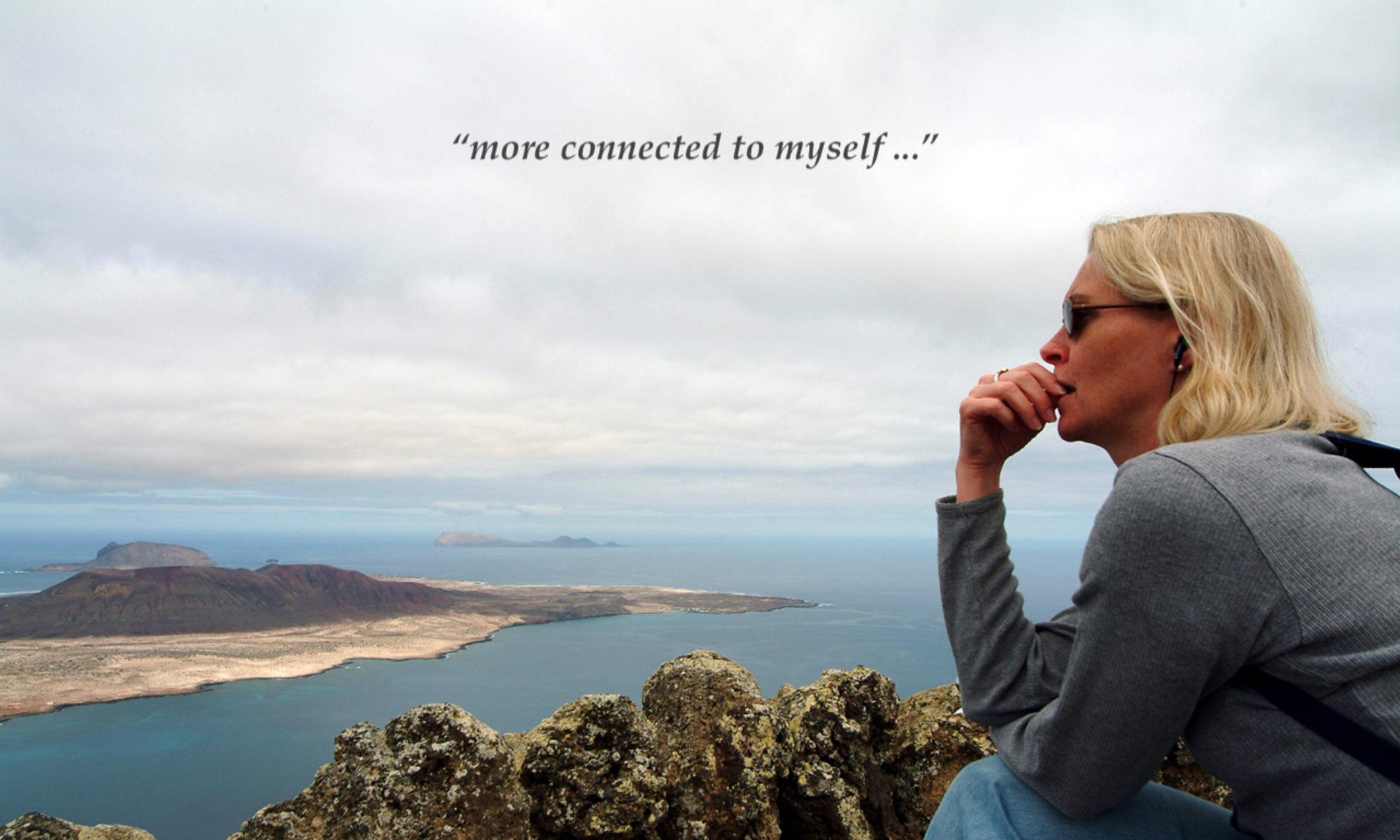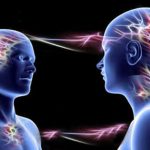“Yesterday all my troubles seemed so far away.” Paul McCartney
Meditation: “Meditation is like picking your way across a peat bog from one tuft of silence to another.”
Via Negativa
 When the comfort of our familiar world becomes threatened by changing local or world events a common response is to look backwards to the ‘good old days’. Nostalgia sells. It sells the lie that if we go back to the way things were we will be better off or safer. It is born out of fear of loss – loss of what we have and fear of what an uncertain future threatens. The antidote to fear is faith. Rather uncompromisingly a verse in Romans warns us “whatever does not proceed from faith is sin.”
When the comfort of our familiar world becomes threatened by changing local or world events a common response is to look backwards to the ‘good old days’. Nostalgia sells. It sells the lie that if we go back to the way things were we will be better off or safer. It is born out of fear of loss – loss of what we have and fear of what an uncertain future threatens. The antidote to fear is faith. Rather uncompromisingly a verse in Romans warns us “whatever does not proceed from faith is sin.”
There’s been a whole lotta sinning going on as politicians and the media peddle fear to promote their own ends – power or profit – regardless of the cost to the duped voters or readers. It has ever thus been so and there are plenty of recent examples of how fear has fuelled far reaching political change in the UK, Europe and USA.
It is the artists, poets, writers and songwriters who are at the forefront of the changing zeitgeist which is why we need them more than ever to help us navigate the waters of change lest we become shipwrecked – detached and disaffected. If you’re feeling like a castaway yourself then Desert Island Discs may offer some comfort with its archive of seventy years of soundtracks for the stranded – the longest running music programme in the history of radio.
According to the Guinness Book of World Records, “Yesterday” has been covered around 1,600 times, making it the most covered song of all time. The tune came to Paul McCartney in a dream. He woke up one morning, late in 1963 in the attic bedroom of girlfriend Jane Asher’s house with a complete melody in his head. It sounded familiar and he thought it might be a jazz tune he’d heard his dad listening to so he played it to some musicians to see if it was a cover of something that already existed. The lyrics on the other hand were months in gestation. This most covered song in the history of popular song writing started life as “Scrambled eggs, Oh you’ve got such lovely legs, Scrambled eggs. Oh, my baby, how I love your legs.” Allegedly it was John who came up with the title ‘Yesterday’ and Paul completed the lyrics in June 1965 at The Shadows’ guitarist Bruce Welch’s Portuguese villa. It was recorded on 14th and 17th of June and released on 6 August 1965 in the UK and on 13 September 1966 in the US where it became the most-played song on American radio, a position it held for eight consecutive years.
Apparently it took Leonard Cohen 10 years to write one of his most often quoted songs ‘Anthem’.
“Ring the bells that still can ring
Forget your perfect offering
There is a crack in everything
That’s how the light gets in.”
“I delayed its birth for so long because it wasn’t right or appropriate or true” Cohen says in an interview in 1992. “This is not the place where you make things perfect, neither in your marriage, nor in your work, nor anything, nor your love of God, nor your love of family or country. The thing is imperfect. And worse, there is a crack in everything that you can put together, physical objects, mental objects, constructions of any kind. But that’s where the light gets in, and that’s where the resurrection is and that’s where the return, that’s where the repentance is. It is with the confrontation, with the brokenness of things.”
Cohen harbours a profound poetic melancholy merging the sacred and profane into an almost shamanic healing drone. With his fame, fedora and serial lovers you could be forgiven for mistaking him to be a shallow lothario yet this poet laureate of pessimism devoted his life to the deepest of callings – to plumb the depths of the human condition and distil out of all the dross an elixir the taste of which on the lips of the initiate elicits the cry ‘Hallelujah”.
What most people don’t know is that in 1994 Cohen had moved to the Mt. Baldy Zen Center to embark on five years of seclusion, serving as personal assistant to the Japanese Zen teacher Kyozan Joshu Sasaki, then in his late eighties. Midway through his time at the Zen Center, Cohen was ordained as a Rinzai Zen Buddhist monk and given the Dharma name Jikan — Pali for ‘silence.’ Iyer went to visit him.
“Leonard Cohen had come to this Old World redoubt to make a life – an art – out of stillness. And he was working on simplifying himself as fiercely as he might on the verses of one of his songs, which he spends more than ten years polishing to perfection. The week I was visiting, he was essentially spending seven days and nights in a bare meditation hall, sitting stock-still. His name in the monastery, Jikan, referred to the silence between two thoughts.”
When life seems to be racing away from you you can either retreat into nostalgia or retreat into stillness.
“(Sitting still) seems to me the most luxurious and sumptuous response to the emptiness of my own existence.” Leonard Cohen to Pico Iyer.


